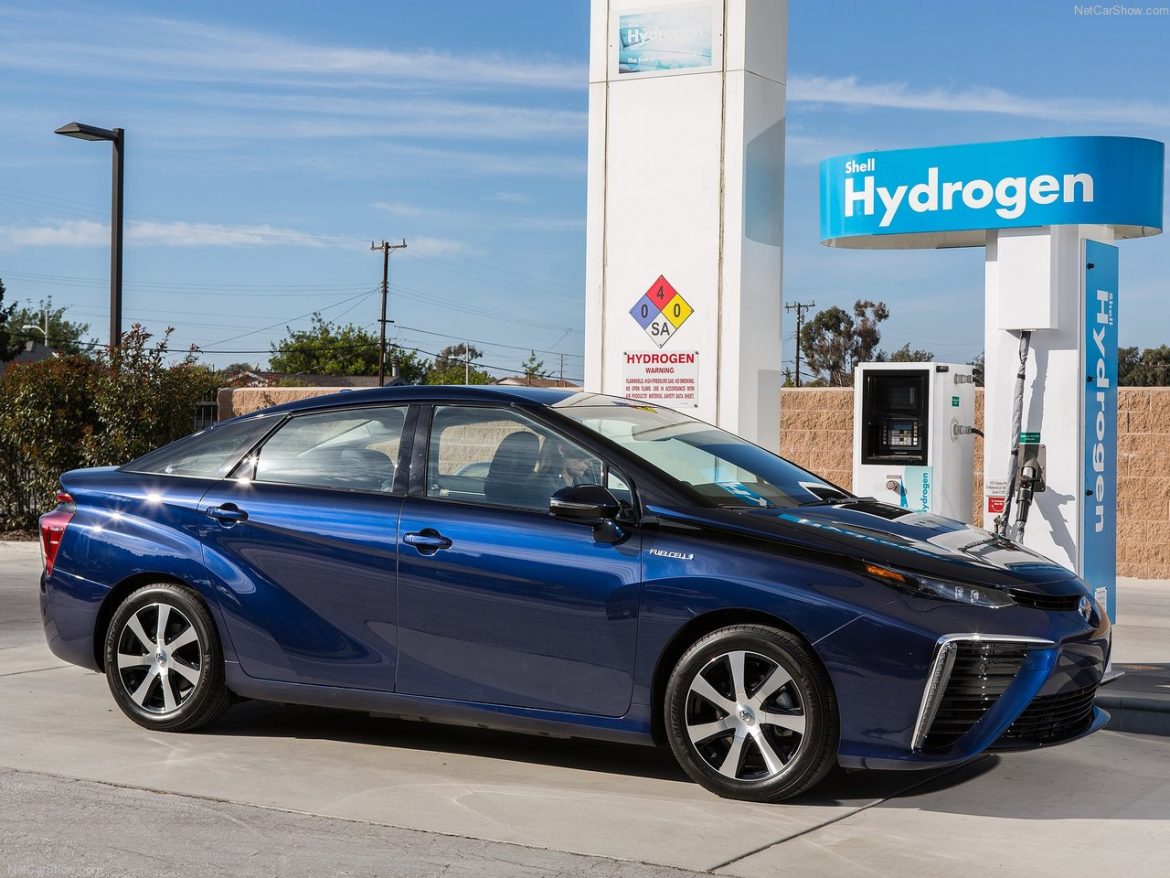Toyota is on a crusade to make its hydrogen powered Mirai accepted by the world. Toyota hopes to design lower-cost, mass-market passenger cars and SUVs using its fuel cell technology in the future.
Since its inception, the Toyota Mirai has sold less than 6,000 owing to its high price (around $60,000) and extremely limited hydrogen refueling infrastructure. But starting in 2020, the company hopes to sell 30,000 annually.
Toyota pioneered the gas-hybrid car with the Prius, and it hopes to do the same for fuel cells. Part of the process will be making the car itself cheaper. As of right now, the fuel cell stack costs $11,000 each, making it the most expensive part of the car. Toyota hopes to lower it to $8,000 by using less expensive materials in the process.
“We’ve been able to decrease the platinum loading by 10 percent to 20 percent and deliver the same performance,” said Eri Ichikawa, a fuel cell engineer at Cataler Corp, a Toyota subsidiary that specializes in catalytic converters.
Along with using less expensive materials, Toyota has started using parts from the Mirai in other models to lower the cost.
Toyota wants to push the envelope of the range in the Mirai and hit 700-750 km (434-466 miles) in the next Mirai and hit 1,000 km (621 miles) by 2025.
Fuel cell vehicles don’t seem to be taking the world by storm, as the only automakers putting in serious effort into it are Toyota, Honda, and Hyundai.
LMC Automotive forecasts FCVs to make up only 0.2 percent of global passenger car sales in 2027, compared with 11.7 percent for battery EVs. The International Energy Agency predicts fewer FCVs than battery-powered and plug-in hybrid electric vehicles through 2040.
So we have to ask the question again of whether this is worth it? It’s nice the Toyota plans to mass-produce and lower the costs of their fuel cell cars. But where is the infrastructure? As I write this, there are less than 50 hydrogen stations in the United States and almost all of them are in California. Maybe, and more importantly hopefully, Toyota has some sort of infrastructure plans in place that they haven’t revealed yet to support the release of these cars.
What do you guys think? Let us know down in the comments below.
Source: Reuters
